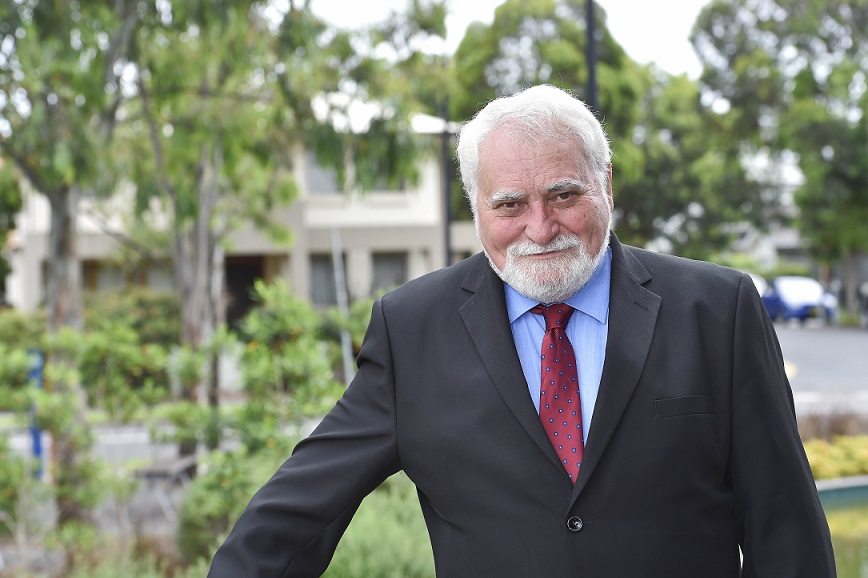A Western Sydney peak organisation has called on the NSW Government to make urban heat a Premier’s Priority following another week of scorching weather across the state.
“Heat is Australia’s number one natural killer,’’ says Councillor Barry Calvert, president of Western Sydney Organisation of Councils (WSROC), who is pictured below.
South west Sydney councils Liverpool and Fairfield are members of WSROC.
“During a heatwave hospitalisations surge, power bills skyrocket, infrastructure breaks down, and traffic worsens,’’ Cr Calvert said.
“This all encompassing issue requires an all of government approach which is why heat should be a Premier’s Priority following the 2019 NSW election.

“Heat is a particular issue for Western Sydney, where temperatures can be more than 10 degrees hotter than the CBD, and energy usage for cooling 100 per cent higher,” he said.
In December 2018 WSROC released its Turn Down the Heat Strategy; the first multi-sector approach to heat mitigation in Western Sydney.
“Heat impacts all communities and we see a clear role for the NSW Government to champion this multi-faceted issue across NSW as a whole,” Cr Calvert said.
“Making heat a NSW Premier’s Priority would give all government agencies a clear mandate to tackle the impacts of heat in their own domain, whether this be health, transport, energy, infrastructure or planning. It would also ensure a coordinated approach to this far-reaching challenge.
“Summer is always going to be hot in Australia, however there are things we can do to mitigate heat and reduce its impact on our communities,” he said.
“WSROC’s strategy outlines potential for better collaboration, cooling through greenspace and water, heat mitigating urban design, more resilient infrastructure and ensuring communities have the knowledge to protect themselves and others from heat stress,” said Cr Calvert.
“We must look at building codes that enforce heat-resilient design and reduce the need for air-conditioning; reducing both household power bills and pressure on our energy grid. This might include increased requirements for greenspace, tree cover and cool materials, as well as tapping the natural cooling power of water and wind.
“Reviewing the capacity of our infrastructure such as roads, rail and energy to cope with extreme heat is also critical. We must ensure that these services are available when communities need them most.
“Empowering communities to take local action is key. Australians have a wonderful ability to lend a hand during times of bushfire or storms, however heat is often referred to as the silent killer because its impacts can’t be seen.
“Heat resilience includes ensuring our communities know how to keep themselves safe and check in on neighbours and loved ones who may need help,” he said.
“Most importantly, we must work collaboratively to ensure efficient and effective use of resources. Together we can build a cooler, more resilient future,” Cr Calvert said.
